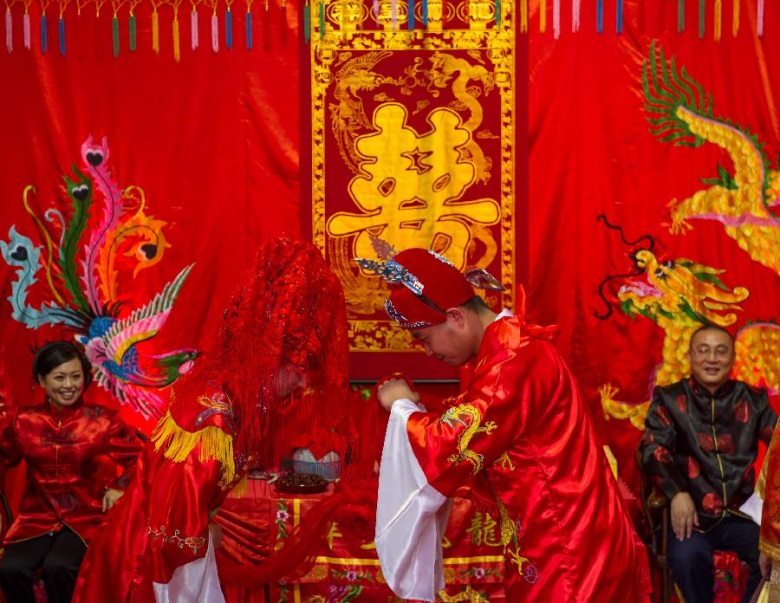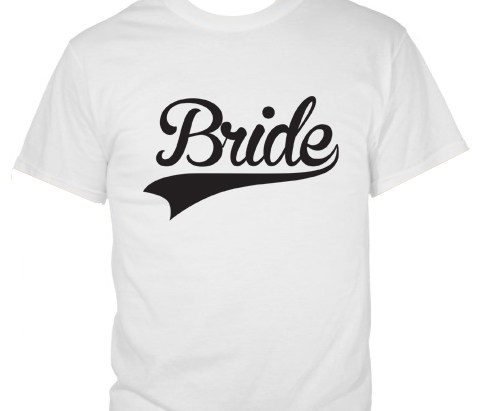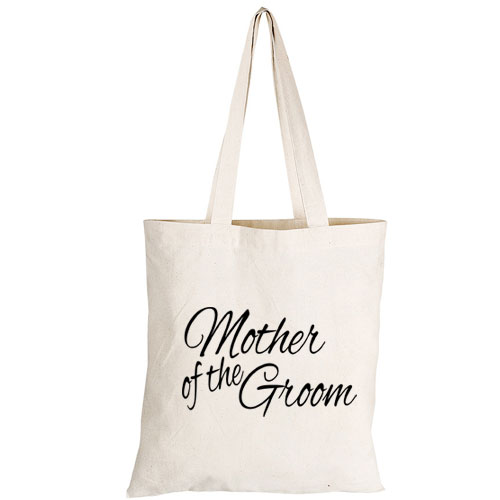Chinese Wedding Traditions
ncorporating the traditions of a country or culture other than the one in which you are situated or to which you are affiliated can be done for many reasons. You may be marrying someone of another nationality, getting married in another country and wanting to incorporate some of your home traditions, or you may simply appreciate that culture’s traditions and want them to be included in your big day. China is a land of ancient traditions and age-old customs. Occasions like weddings are particularly laden with such fascinating traditions. To incorporate them into your wedding day will assure you of a fabulously memorable affair. Unlike westernised countries, Chinese custom sees marriage as an alliance between two families and a platform on which to enable the continuation of the ancestral line, rather than an intimate union of just two people. Obviously, with the profusion of the media and western culture, some of the ancient Chinese traditions have been negotiated upon to some degree.
Expenses
The groom’s family is responsible for paying for the wedding, as well as all the festivities surrounding it. This is because the wedding is considered to be his day, as opposed to western culture in which it is the bride’s big day.
Traditional Wedding Colour
In total contrast to a ‘white wedding’, the traditional Chinese wedding colour is red. The bride’s dress (one of them, anyway, as she will usually wear about two or three during the course of the day) is usually red as is much of the décor and the new decorations for their home. Red signifies joy and love.
Pre-wedding
The bride will go away with some of her closest friends before her wedding day. Together, they will ‘mourn’ the loss of her family and friends as she gives her life over to her new husband. The groom’s family will bring the bride red baskets filled with money or gifts, which will be sorted out by the bride and her friends. Then, three days before the wedding, the bride’s family will return the favour by bringing gifts to the groom’s family.
The Wedding Day
The date of the wedding is customarily chosen according to astrological criteria. They will also usually get married at half-past-the-hour, rather than on the hour, so that the minute-hand on the clock is moving upwards during their ceremony.
The groom will be dressed for his wedding by his parents. They will then go to where the bride and her friends are and bring gifts for the friends, wrapped in red paper, to thank them for releasing her to his care. The bride and groom may get to their knees and serve their families tea. Then, the couple heads to the ceremony venue together.
Only the immediate families attend the ceremony, according to tradition. After the ceremony, the bride serves tea to her new parents-in-law. This is a formal ceremony, not merely a courtesy. Thereafter, the couple will go and have their wedding photographs taken, which is usually done in a professional studio.
A grand reception follows, complete with an MC (Master of Ceremonies), speeches and the cutting of the cake. However, this is a standing-only occasion.
As with many of the other wedding elements, the cake is symbolic. Its tiers symbolise a ladder, allowing the couple to climb up and reach levels of success during their marriage. For this reason, and to signify that they are just at the beginning of their shared life, the couple will start cutting the cake from the very bottom. The couple feed one another a piece of cake and then feed their respective parents and grandparents. Music is played while the guests greet the couple and then leave. If the couple is particularly wealthy or well-respected, a meal of up to 10 courses will be served.
Photo Credit: news.xinhuanet.com





